Run Apache XTable in AWS Lambda for background conversion of open table formats
AWS Big Data
NOVEMBER 26, 2024
This post was co-written with Dipankar Mazumdar, Staff Data Engineering Advocate with AWS Partner OneHouse. Data architecture has evolved significantly to handle growing data volumes and diverse workloads. Querying all snapshots, we can see that we created three snapshots with overwrites after the initial one.

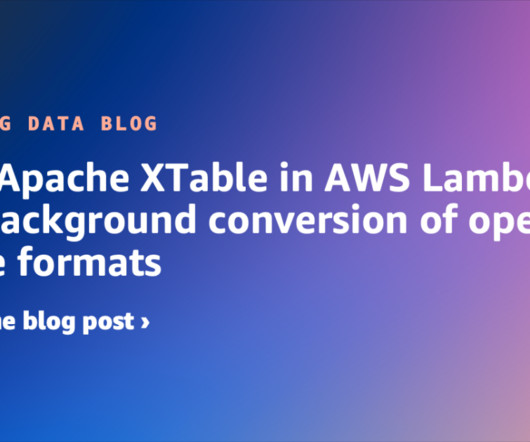
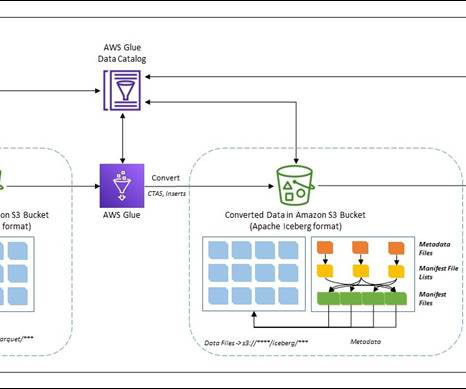
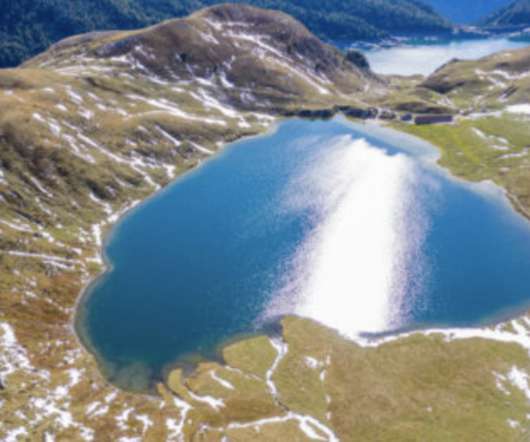

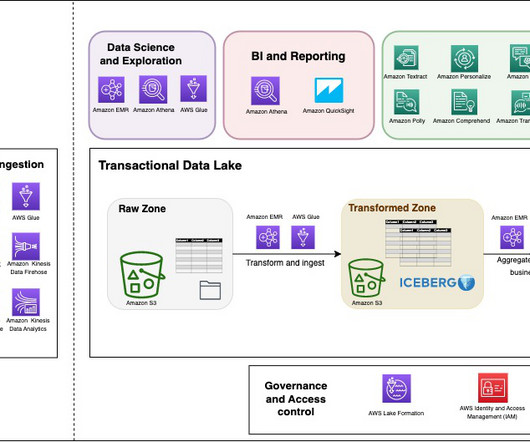
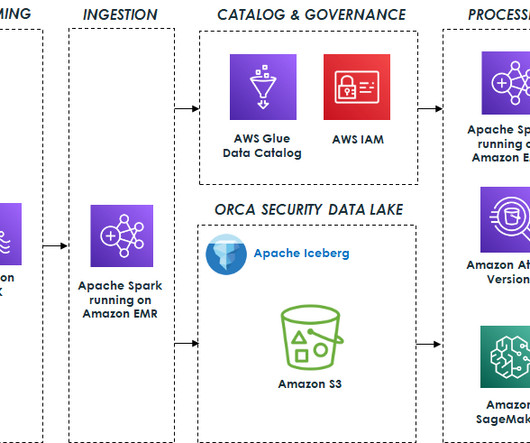
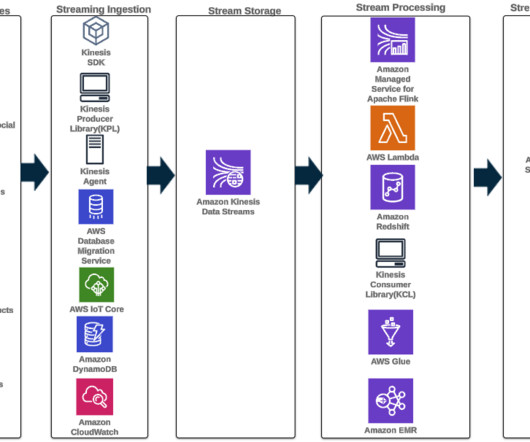
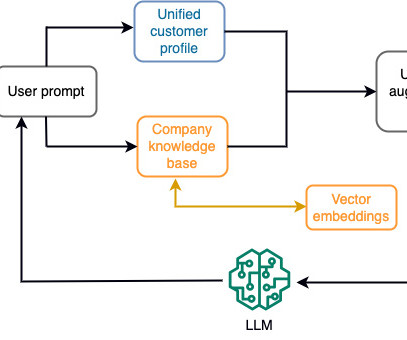
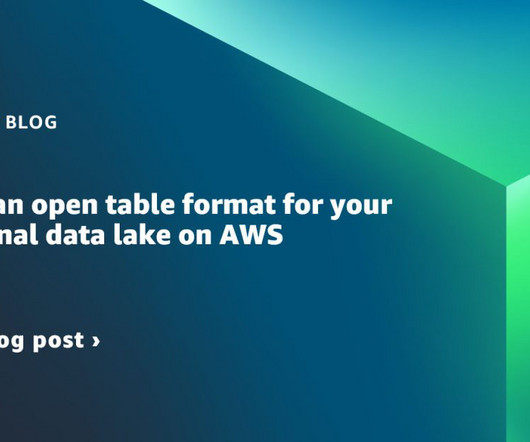
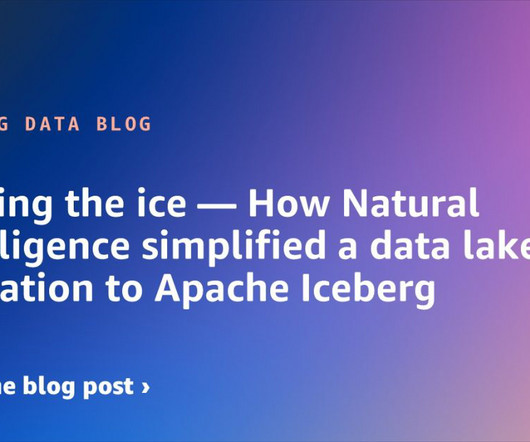








Let's personalize your content